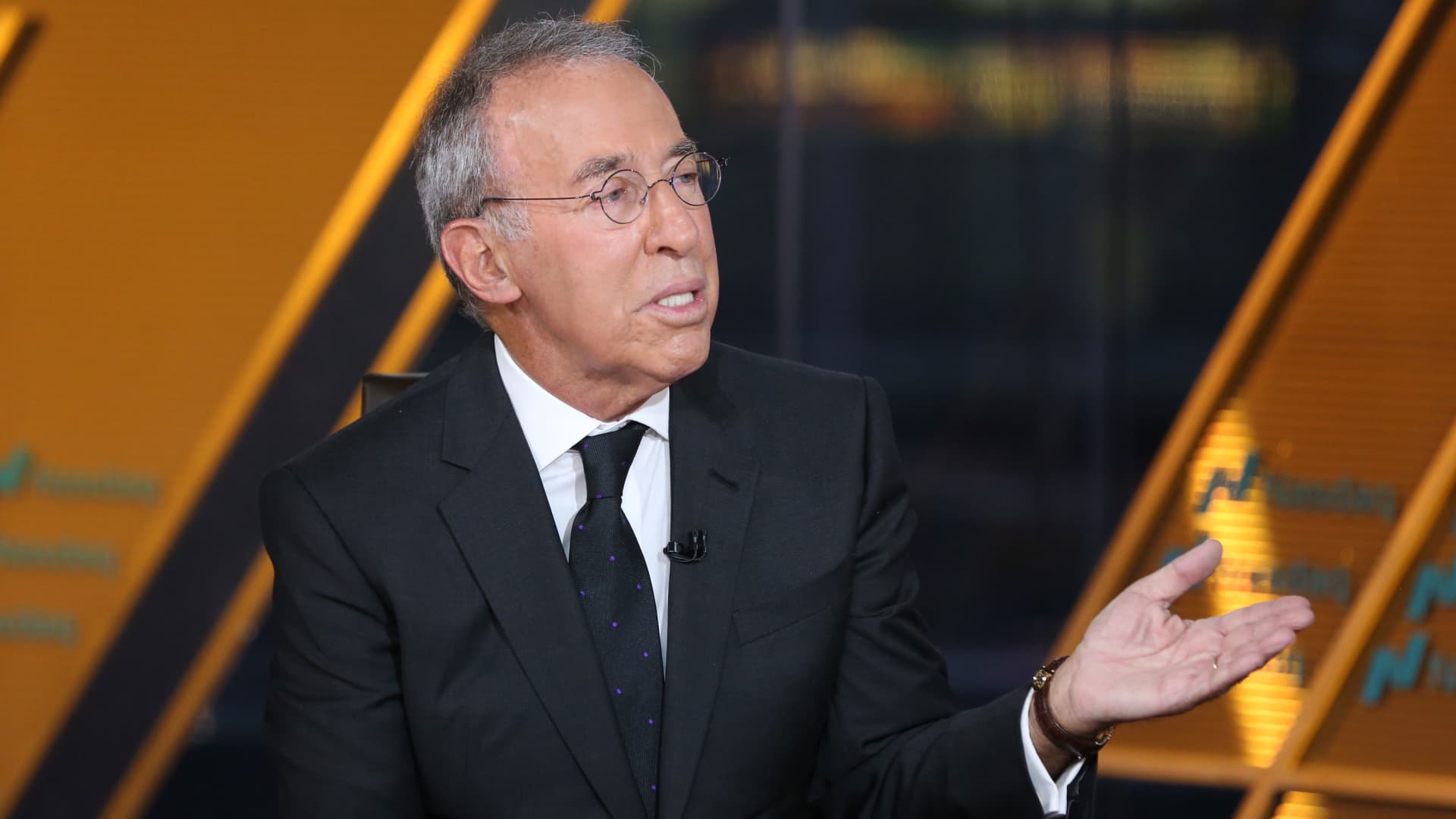The Real Cost to Pass Through the Panama Canal Might Surprise You
:max_bytes(150000):strip_icc():format(jpeg)/GettyImages-128387433-bede2249dd87420e9ec659fb1cb71545.jpg)
:max_bytes(150000):strip_icc():format(jpeg)/GettyImages-128387433-bede2249dd87420e9ec659fb1cb71545.jpg)
Berry Winiker / Getty Images
Even private sailboats rely on the Panama Canal, but crossing comes with requirements and costs.
When the Panama Canal opened for business in 1914, ships could finally sail between the Atlantic and Pacific oceans without having to round the tip of South America—a huge saving of both time and money.
Those savings, however, came at a cost. Today, depending on the size, weight, and type of vessel, owners often pay anywhere between $15,000 and $300,000 in basic fees per crossing, according to the Panama Canal Authority’s most recently published tariff tables. And there may be additional charges on top of that.
Key Takeaways
- Ships pay thousands of dollars each time they cross through the Panama Canal.
- The U.S. built the canal and operated it until 1999, when it was turned over to the government of Panama.
- Ownership of the canal has long been a source of political tension in the U.S., and recently returned to the spotlight after President Trump’s statement that he plans to reclaim it for the U.S.
Who Owns the Panama Canal?
In a 1903 treaty with the newly independent Republic of Panama, the United States obtained the right to build and maintain a canal across the Isthmus of Panama, a distance of about 50 miles. After the canal’s completion in 1914, it remained under U.S. control until Dec. 31, 1999, when it was officially turned over to the Panamanian government.
The turnover was a contested political issue in the United States, with significant opposition in Congress. The controversy came to the fore again in 2024, with the election of President Donald J. Trump. Discussing the canal in his January 2025 inaugural speech, he said, “We gave it to Panama, and we’re taking it back.”
Panamanian President José Raul Mulino responded that the canal “belongs to Panama and will continue to belong to Panama.”
Why the Panama Canal Is Important
The Panama Canal was an engineering marvel in the early 20th century, and it remains vital to world trade and the supply chain today, especially for the United States. According to the nonpartisan Council on Foreign Relations, “Today, the canal handles 5% of all maritime trade and 40% of all U.S. container ship traffic.”
Besides facilitating trade, the canal plays other important roles. “The canal’s strategic significance extends beyond economic benefits and encompasses national security, defense capabilities, diplomatic relations, and logistical resilience,” the U.S. Commerce Department‘s International Trade Administration noted in 2023.
How the Panama Canal Affects Everyday Americans
The cost of transporting raw materials, finished goods, and other products through the Panama Canal is baked into the prices Americans pay for much of what they buy. At the same time, consumers benefit from the savings provided by the canal, compared with the longer, pre-canal shipping routes. The canal has also sped up shipping times, allowing goods to get to market sooner.
The Bottom Line
The Panama Canal cut the distance ships had to travel to get from the Atlantic Ocean to the Pacific and vice versa, dramatically changing the dynamics of international trade in the process. While shipowners pay substantial fees to use the canal, those costs are ultimately passed on to consumers.
Debate continues over which government—the United States or Panama—should benefit from the canal’s revenues, and that conversation is unlikely to end anytime soon.









